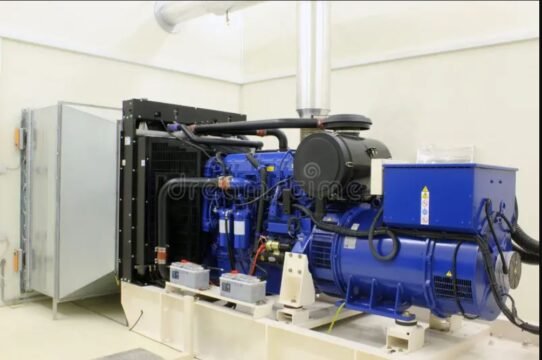- You have no items in your shopping cart
- Continue Shopping

Electric vehicles (EVs) are becoming increasingly popular as environmentally friendly alternatives to traditional gasoline-powered cars. One essential component of owning an electric vehicle is having access to a reliable and efficient charging infrastructure. In this beginner’s guide, we’ll explore everything you need to know about EV chargers, from the different types available to the factors to consider when installing one at home.
1. Understanding EV Chargers
An EV charger is a device used to supply electric power to recharge the batteries of electric vehicles. EV chargers come in various types, each offering different charging speeds and compatibility with different EV models. The three main types of EV chargers are Level 1, Level 2, and DC Fast Chargers.
- Level 1 Charger: Typically uses a standard household outlet (120 volts) and provides the slowest charging speed. Suitable for overnight charging at home.
- Level 2 Charger: Requires a dedicated charging station (240 volts) and offers faster charging speeds than Level 1 chargers. Ideal for home installation and public charging stations.
- DC Fast Charger: Provides the fastest charging speeds and is usually found at public charging stations or along highways. Can charge an EV to 80% capacity in around 30 minutes.
2. Factors to Consider When Choosing an EV Charger
Installing an EV charger at home is a straightforward process, but it requires careful planning and consideration. Here are the basic steps involved:
- Assess Electrical Capacity: Determine if your electrical panel has sufficient capacity to support the charger and if any upgrades are needed.
- Select Installation Location: Choose a suitable location for the charger, considering factors such as proximity to your parking space and access to electrical wiring.
- Hire a Qualified Electrician: Hire a licensed electrician to install the charger safely and in compliance with local electrical codes.
- Obtain Permits: Obtain any necessary permits from your local building department before installing the charger.
- Connect Charger: Once the charger is installed, connect it to your EV and follow the manufacturer’s instructions for charging.
3. Installing an EV Charger at Home
Installing an EV charger at home is a straightforward process, but it requires careful planning and consideration. Here are the basic steps involved:
- Assess Electrical Capacity: Determine if your electrical panel has sufficient capacity to support the charger and if any upgrades are needed.
- Select Installation Location: Choose a suitable location for the charger, considering factors such as proximity to your parking space and access to electrical wiring.
- Hire a Qualified Electrician: Hire a licensed electrician to install the charger safely and in compliance with local electrical codes.
- Obtain Permits: Obtain any necessary permits from your local building department before installing the charger.
- Connect Charger: Once the charger is installed, connect it to your EV and follow the manufacturer’s instructions for charging.




